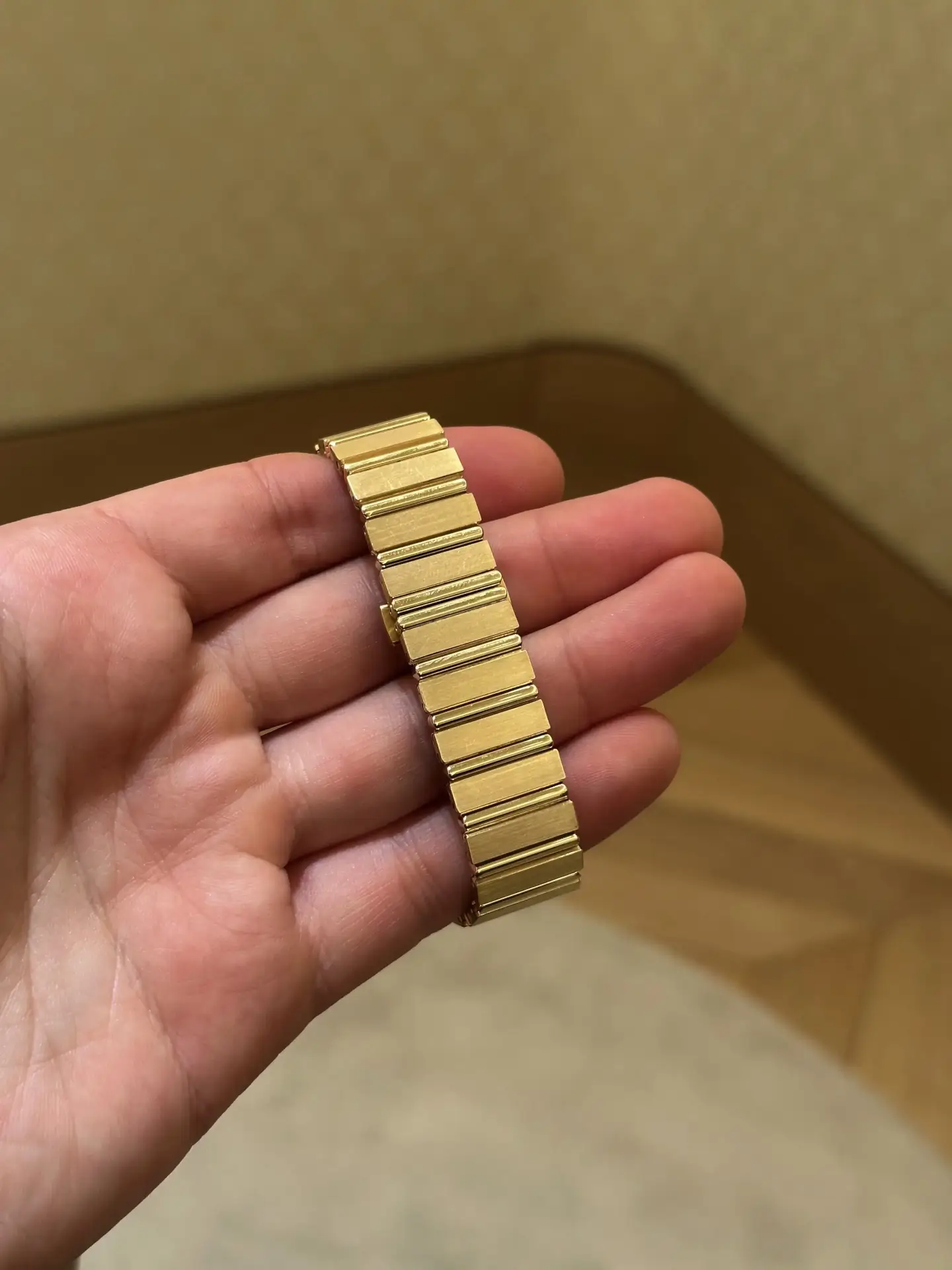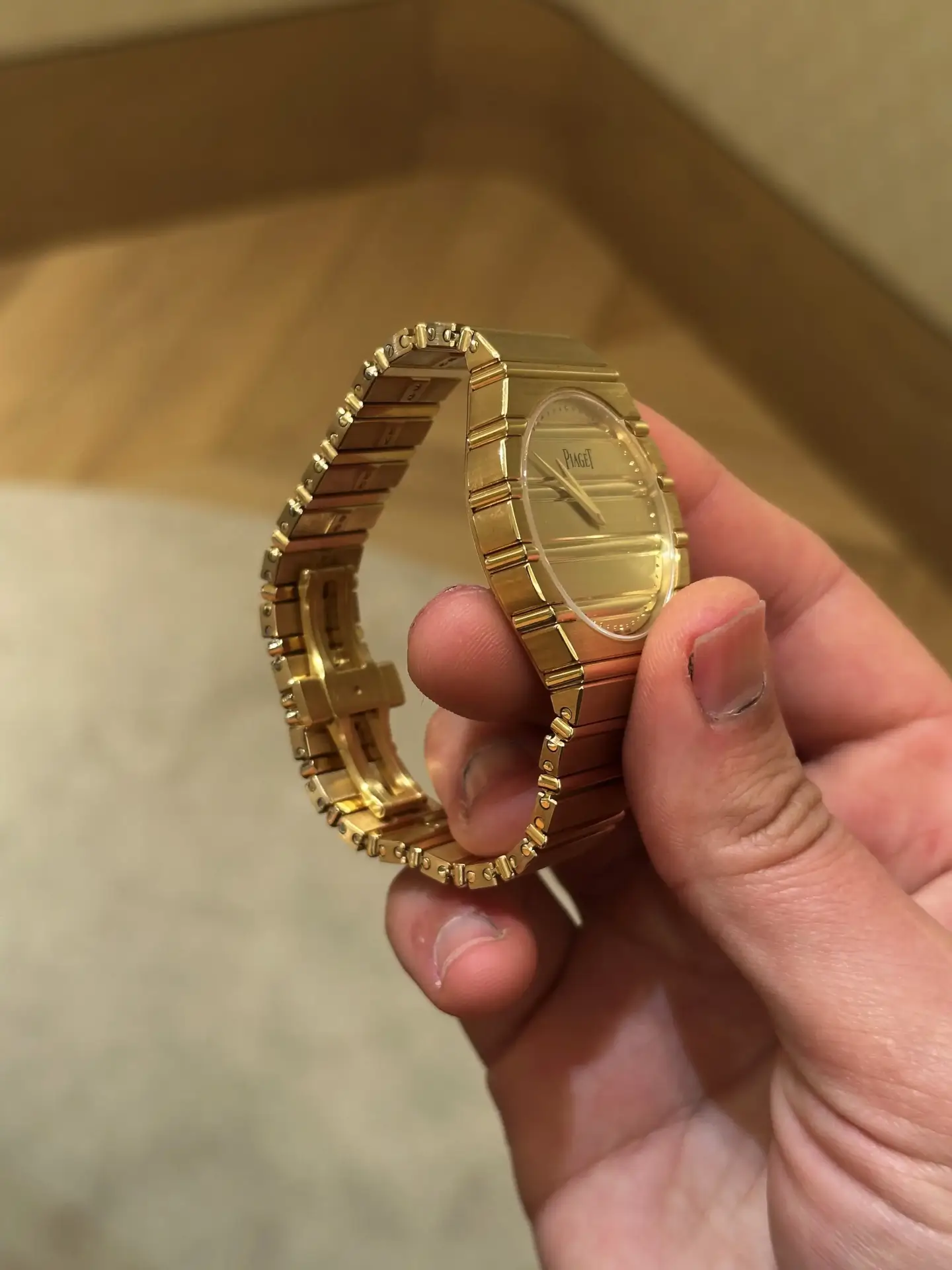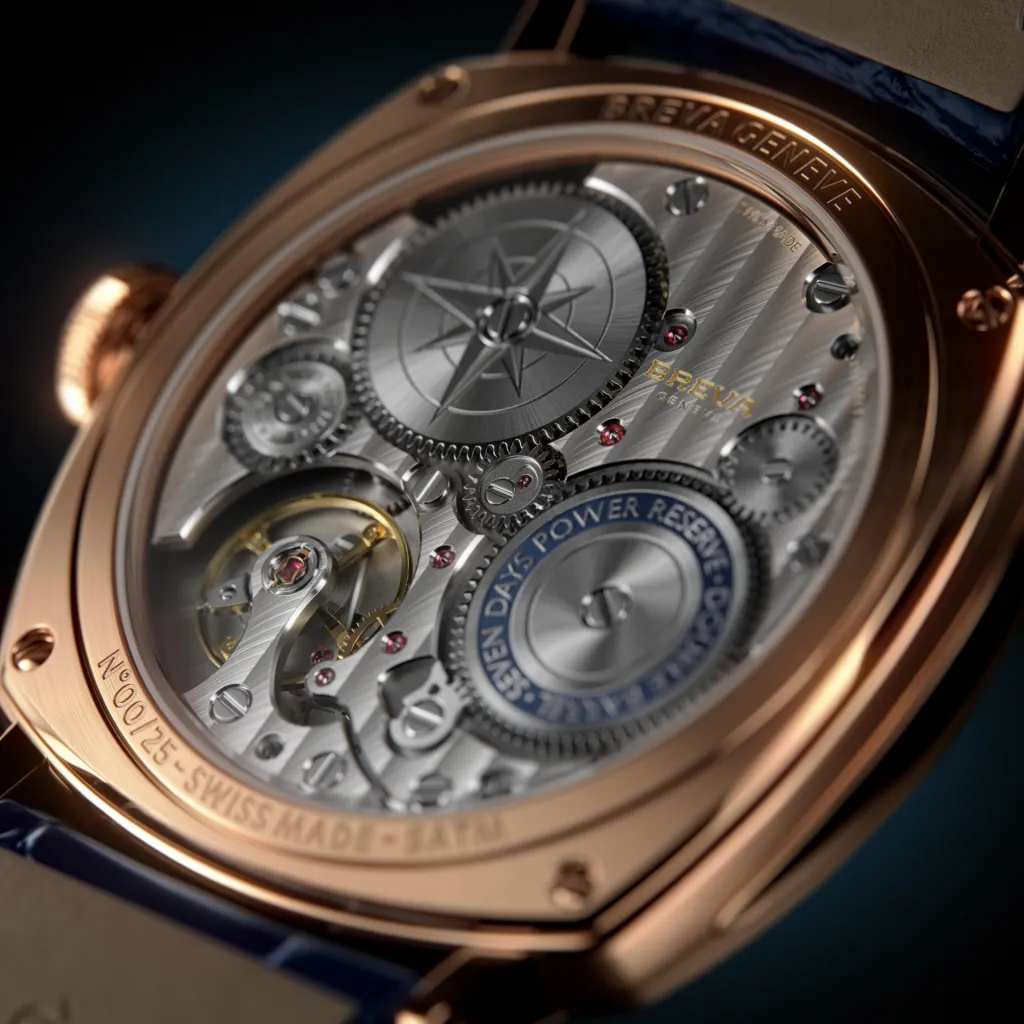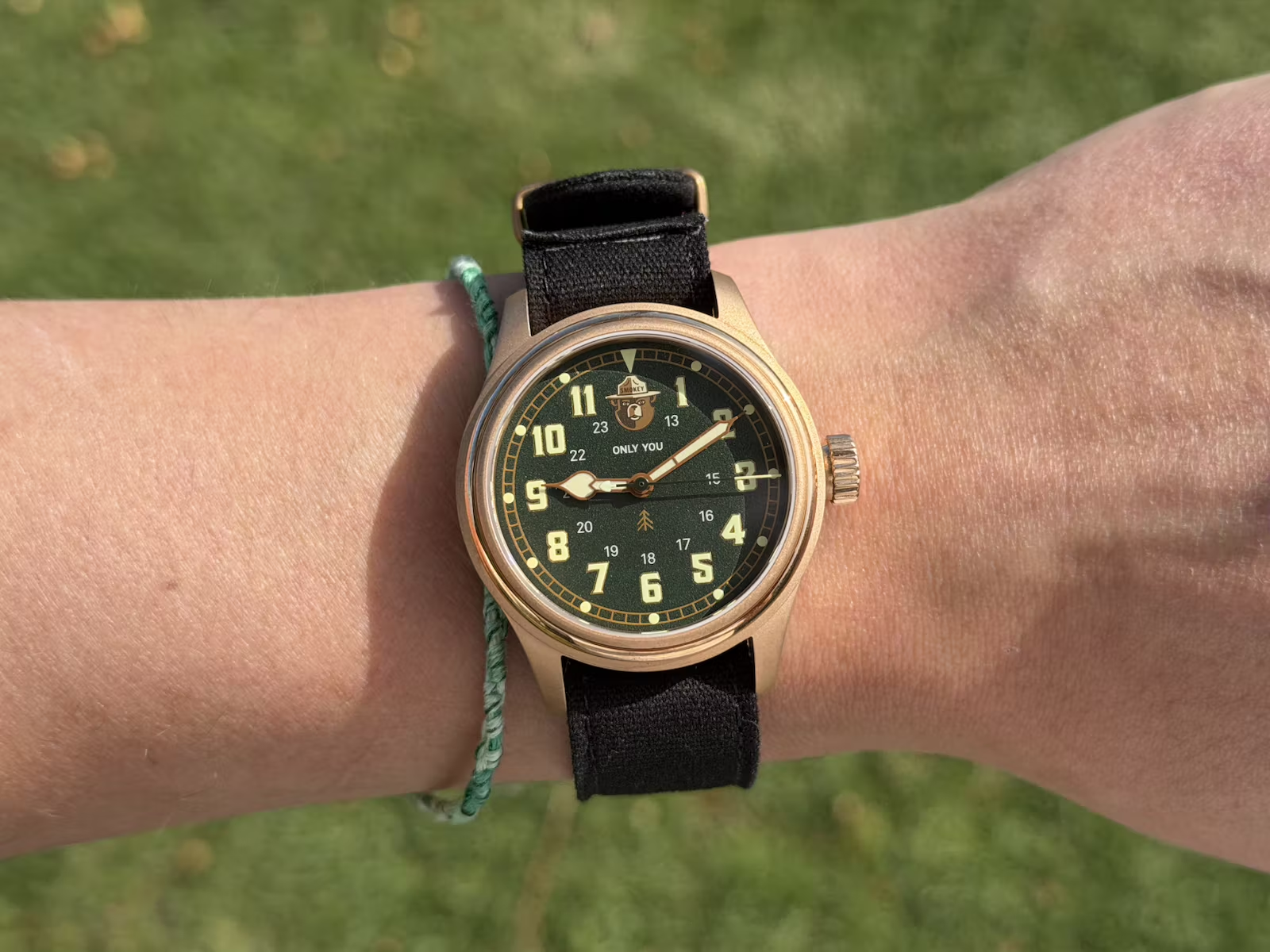
The Aztecs, Chocolate And The Piaget Polo 79
Explore the rich tapestry connecting Aztec traditions, the allure of chocolate, and the timeless elegance of the Piaget Polo 79.
If I could go back to any time and explore a culture of the past, it would have to be 1325BC Mesoamerica. To the Aztecs.
I’m sure many of you expected me to want to rewind to the golden age of watches but oh no, It’s the Aztecs for me. They just knew how to do it right. They were lovers of gold, colour and the sun, They lived life to the fullest and invented one of my favourite things. Chocolate! Around 1750 BC the Olmec civilisation, one of the first in what is now Mexico, created a frothy drink called Xocoatl. It probably didn’t taste great from todays standards, not sure if they had sugar back then, but you can’t ignore the stroke of genius it was. The Olmecs had the foresight to ferment, grind and boil something that fell from a tree and subsequently changed the world forever. Incredible. I thank them for my nightly Lindt bar and my dentist thanks them for the revenue.
Along with their creamy brown delicacy, the Aztecs were also known for their gold. They loved the stuff. It was used as personal adornments, sacred objects and even tools. Imagine putting up a picture frame with a golden hammer.
See, they did it right!

The Aztecs’ fascination with gold is something that’s shared with most civilisations throughout history. Montezuma loved it, the conquistadors loved it, I love it. But what does all of this have to do with watches? Well, even though my appreciation often outpaces my bank balance, I’ve developed a deep lust for solid gold watches. My heat skipped a beat when I was invited to Sydney where I had the chance to try on the Piaget Polo 79. With my best bud Christine from Piaget Westfield of course, and oh boy did it feel good. The Aztecs would be fond of this one!

The Piaget Polo 79
The original Piaget Polo was released in 1979 as a direct response to the steel sports watch trend of their contemporaries the decade earlier. Think Royal Oak and Nautilus and to a lesser extent, the Vacheron 222. Coming in either a square or a round model and only in precious metal, the Polo was a middle finger to an industry that was moving away from ostentation. Steel was the flavour of the time and Piaget wasn’t having it. This quote from one of their magazine adverts represents both the brand's positioning and the fiscal responsibility of the late 70s well.
Needless to say, the Piaget Polo is completely water-resistant. You never need take it oft. And it's so comfortable, you'll never want to. The Piaget Polo. From the most expensive watch collection in the world: Piaget. For brochure send $2.00 to Piaget, Dept. AD, 650 Fifth Ave., New York, New York 10019.
They had the most expensive watches in the world but you still had to pay $2 for a brochure. The ’70s were wild.

Inheriting design from it’s round predecessor, the modern Polo incorporates polished Gadroons that alternate with satin finishing. What's really impressive is how the raised sections all line up perfectly as they run through the dial. It looks like it’s one cohesive piece of metal, as if it wasn’t constructed, but revealed from a single piece of gold. It's a great design, but there’s one question that’s been burning in the back of my mind since I first saw the press material for this watch…
What The Heck Is A Gadroon?
It sounds like the name of one of the dragons from Game of Thrones, not that I’ve seen it.
I’ve never pretended to be an expert on anything, but the amount of words that I've had to look up when researching a story like this is embarrassing. Might be time to start learning french. Suis-je un idiot? After some extensive research, (I googled it), I learned that a ‘Gadroon’ is decorative edging on metal or wood formed by parallel rounded strips. It’s inverted fluting in simple terms.

What gets interesting with the Polo 79 is that the transition between the gadroons and the satin-brushed elements is razor-sharp and rock solid. It feels like it’s one piece, but when you look at the construction, you can see that each piece is polished separately and inserted into a skeleton-like mid-case. It’s absolutely gorgeous and highly technical.
The Bracelet continues this theme and has the same alternating ‘gadroon-satin’ pattern all the way through. At first glance, it looks rigid but as you slip it over your wrist you realise that each joint is flexible and articulates all the way up to the case. It’s supremeley comfortable for me but I’ve heard that it wears a little big on people with smaller wrists. Too bad!
The famed bracelet makers Ponti Gennari, who Piaget owned at the time, were involved in creating the bracelet of the original and interestingly, their workshop was based in the building that now houses the Patek Philippe museum. A nice little through-line considering Patek purchased the bracelet maker decades later. Vertical integration at its finest.

The First Watch To Have A Name
Up until 1979, the big-wigs at Piaget wanted the brand itself to be front and centre and were hesitant to name any of their watches. Instead relying on an alphanumeric system would bore your pants off. It’s an interesting idea mind you, and one that I understand from the perspective of not wanting to pigeonhole your image. How many people know the Royal Oak but not Audemars Piguet? I would be willing to bet the number is high. In saying that, the Polo must have been an important release for the brand if they decided to go all in and name it. Polo, because they were the sponsors of the Polo World Cup at the time.


I know I get dramatic sometimes but when I say that this watch blew me away I mean it. The way it feels in the hand and when worn is hard to describe. While I was wearing it, all I wanted to do was lie down on a velvet chaise lounge and be fed grapes out of a crystal bowl. Unfortunately Christine wasn’t up for it so I had to settle for a sparkling water and an armchair instead. Shame.
I often wonder how the Azetecs felt when they first dug up a gold nugget or when they tasted Xocoatl for the first time. It must have been a revelation. A physical revelation, yes, but also an emotional one. Gold, like chocolate, is so fundamental to our experience as humans that it often feels like it’s built into our DNA.
The chemicals that are released in my brain when I wear the Polo 79 are intoxicating, addictive and wonderfull. I think about it daily.
I may be delusional but I’m fully committed to buying this watch at some stage in my life. It may take me a decade to be able to afford it but I will keep saving my pennies until I can walk out of that boutique with it on my wrist.
Save one for me, Christine, I’ll see you in a few years.
.avif)


This story was created in partnership with our good friends at .

.avif)

.png)


